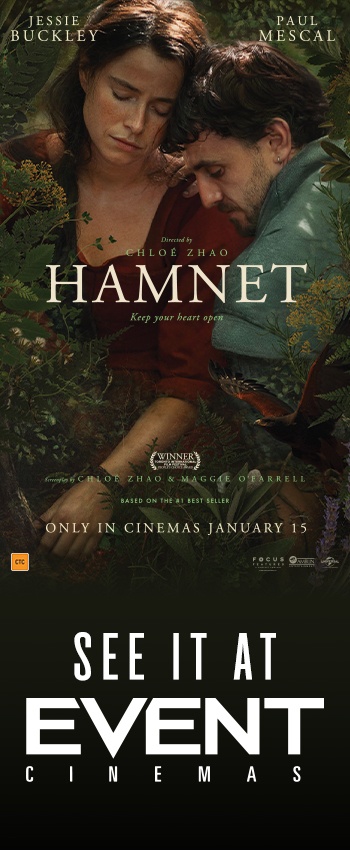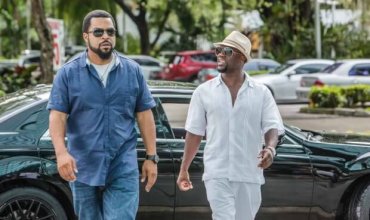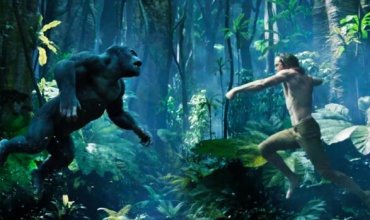Filmed over five years in twenty-five countries on five continents, SAMSARA transports us to the varied worlds of sacred grounds, disaster zones, industrial complexes, and natural wonders.
Producer Mark Magidson and director Ron Fricke have carefully constructed a feature film of amazing images, wonderful sounds and beautiful music. It’s a non-narrative documentary that shows us the diverse range of the people and places of this planet. Some of the locations and faces are familiar; others are distinctly unfamiliar. Shifting from face to face and place to place, the viewer is soon lost in a meditation on who we are and why we are here. At times, the sheer number of images will leave you behind for a few moments, but only the truly incurious will see merely “stuff” on the screen. Human beings have a desire to make patterns and find meanings and SAMSARA taps directly into this.
SAMSARA can be viewed as BARAKA part 2. Magidson and Fricke were responsible for the popular 1992 non-narrative feature film, that for all intents and purposes approached its mission and material in the same way. BARAKA also travelled to many different locations across the globe, employed time-lapse photography, slow motion imagery and used a variety of musical styles to keep the visuals sequences flowing continuously.
In attempting to portray human life on Earth in its detail and complexity, the filmmakers show tribal groups, sub-cultural gangs, families in poverty, people living in great wealth; there are landscapes of great beauty and others, like parts of post-Katrina New Orleans are destroyed. Sometimes the connections between scenes is clear and the filmmakers are obviously making a point, such as all the material concerning industrial agriculture. Mostly SAMSARA is intelligently-edited visual poetry.
Fricke’s experience with this scope of project reaches back to his work as cinematographer on Godfrey Reggio’s 1982 movie KOYAANISQATSI. This was the first of Regio’s Qatsi trilogy. These films were similarly non-narrative and made use of brilliant visual techniques and the power of Phillip Glass’s compositions. Reggio had more points to make or perhaps axes to grind, with his movies. Fricke’s films by comparison, make less of a statement. We are supposed to draw from SAMSARA what we will.
Musical duties are divided between Michael Stearns, Lisa Gerrard and Marcello de Francisci. The composers worked on their own segments separately and without reference to the work of the others. The shooting of the film is a meeting between analog and digital technologies. Rather than shooting in one of the high-end digital formats, Magidson and Fricke decided to shoot on 70mm film using Panavision cameras. The negatives were digitally scanned and edited with Final Cut Pro.
There are various interpretations of the term Samsara, whether you take it to mean The Wheel of Life, impermanence or continuous flow there is much food for thought in this spectacular, spiritual movie.
SAMSARA is on Australian screens now. It runs for 102 minutes. I rated it 8/10.




